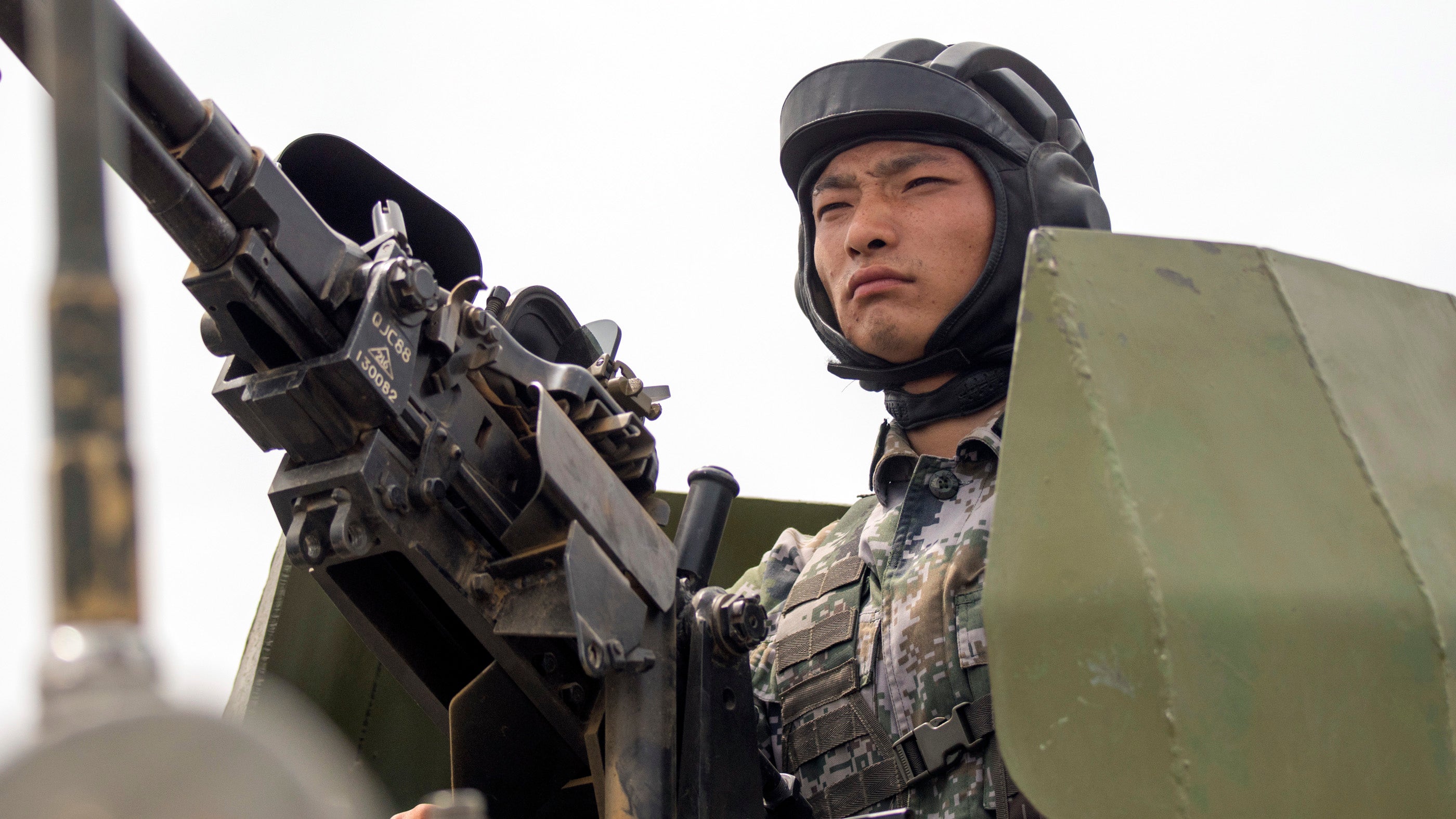Questions Remain About China’s Growing Capabilities
Questions Remain About China’s Growing Capabilities

As China builds and modernizes its combat forces, little is known about how well those troops might perform and sustain themselves in a prolonged fight, according to a panel of analysts who study the Chinese military.
U.S. military leaders have described China as America’s “pacing challenge” as the U.S. military shifts from 20 years of war in Iraq and Afghanistan to preparing for large-scale combat operations on a complex future battlefield.
There are more questions than answers when it comes to defining the logistics and sustainment capabilities of the People’s Liberation Army, but what is clear is that the PLA has “no experience” in waging and sustaining a real shooting war against a major opponent, said Col. George Shatzer, director of strategic research and analysis at the Army War College’s Strategic Studies Institute.
Speaking recently during an online discussion hosted by the Center for Strategic and International Studies, Shatzer said he sees a common thread among those studying the PLA. Many question whether the PLA has the practical understanding that comes from experience operating against a live enemy, and whether it knows how to execute sustainment and logistics to support a major military operation over time and distance.
“It’s one thing to make the plans on paper, it’s another to field some capabilities in garrison, it’s yet another to exercise those capabilities in war games or training events, but until a military has to fight against a deadly, thinking enemy, deal with the fog and friction of modern war, it is tremendously difficult to know if systems such as sustainment will be able to bear the heat and weight of actual combat,” Shatzer said.
There is little doubt, panel members agreed, that China is learning from Russia’s logistics and sustainment stumbles in its invasion of Ukraine earlier this year. They also noted that, despite that, Russia has logged much more combat experience in recent years than China, whose most recent bellicose engagements were in Korea in the 1950s and Vietnam in the 1970s.
Lonnie Henley, a professorial lecturer at George Washington University’s Elliott School of International Affairs and a retired defense intelligence officer for East Asia at the Defense Intelligence Agency, posited that in a potential major conflict between China and Taiwan, where the U.S. could be involved, there is scant evidence that the PLA could even project combat forces across the 100-mile strait to the island.
The PLA, he said, has been making a “large effort” to supplement its military logistics with civilian assets and manpower, but not much is known about the details.
“We still can’t answer the question of, can the PLA really get its forces across, and if it gets them across, sustain them in combat on the island? Can the air and sea forces, in particular, sustain the long fight?” Henley said.
The war in Ukraine and operations in Iraq and Afghanistan share one key lesson. “You may think it’s going to be a short war, but it can turn out to be a very long war indeed, and if you’re not prepared to fight the long war, then you’re not prepared for the war,” Henley said.
While analysts have observed shortfalls within the PLA, Shatzer said, they’ve also observed that it has successfully sustained counter-piracy maritime operations for several years, conducted noncombatant evacuation operations from China, carried out large-scale exercises and shown an increasing ability to move forces across the country’s vast distances.
“They just have not done any of that with a modern military shooting at them,” he said.

